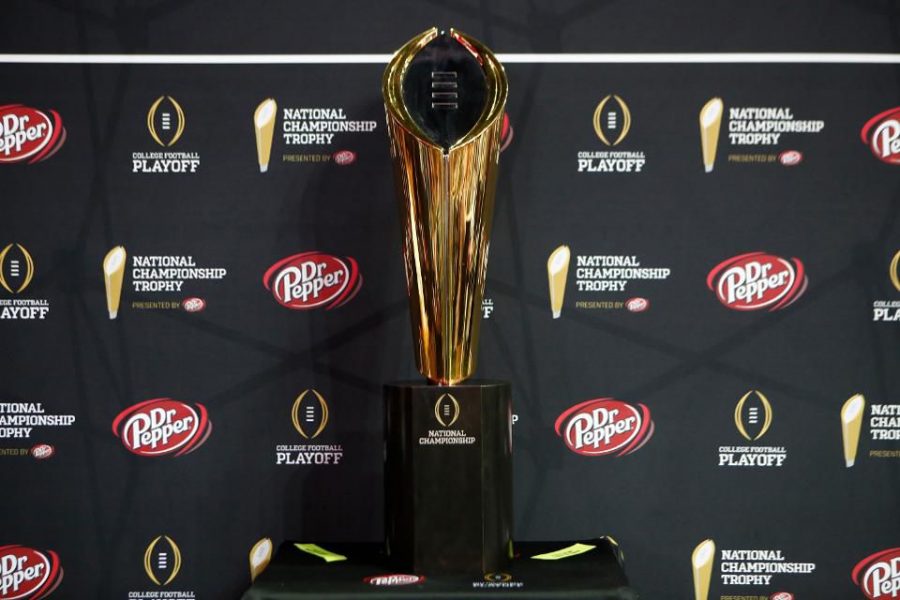These are some surprising facts about St. Patrick’s Day!
1. The Real St. Patrick Was Born in Britain
St. Patrick was born in Britain to a family of Roman descent. At 16, he was kidnapped from his home and sold into slavery by Irish raiders. He spent six years in the West of Ireland herding sheep and often turned to his faith for comfort. At one point, he managed to escape and return to Britain. His parents wanted him to stay with them However, St. Patrick decided to return to Ireland after he had a dream that deeply moved him.
2. St. Patrick Was Never Canonized
St. Patrick was never formally canonized by the Catholic Church because the official canonization process didn’t exist during his time, though he is widely known today as a saint. St. Patrick became a “saint” through popular opinion and local recognition of his holiness, rather than through a formal papal decree.
3. There were no snakes in Ireland to drive out:
The legend is St. Patrick, a Christian missionary, was said to have banished all the snakes from Ireland, ensuring the island was free of them. The snakes symbolize evil, and St. Patrick drove it out of Ireland through missionary work. Now, the legend of St. Patrick quite literally driving the snakes out of Ireland is a myth, as Ireland never had snakes due to the last Ice Age. Durig that time, it would have been too cold, and an unsuitable environment for snakes to live in.
4. Patrick’s real name wasn’t Patrick:
His original name was Maewyn Succat, and he later changed it to Patricius when he became a priest. Legend says St. Patrick, whose original name was Maewyn Succat, changed his name to Patricius (or Patrick) after becoming a priest, which derives from the Latin term for “father figure.”
5. Shamrocks and the Trinity:
St. Patrick is said to have used the shamrock as a visual aid to illustrate the concept of the Trinity to the pagan Irish, who were unfamiliar with the Christian concept of one God in three persons. The shamrock became a symbol of St. Patrick and Ireland, and the tradition of using it to represent the Trinity continues today.
6. St. Patrick wore blue, not green:
While green is the color associated with St. Patrick’s Day, surviving artworks of St. Patrick show him wearing blue robes. Green is the color most associated with St. Patrick’s Day, but depictions of St. Patrick show him wearing blue garments, and blue was adopted as the official color of the Anglo-Irish Order of St. Patrick in the 1780s.
7. Leprechauns are likely based on Celtic fairies:
Leprechauns, the mischievous Irish fairies, are believed to have originated from Celtic folklore. In early folklore, leprechauns were often depicted as small, old men dressed in red, who were excellent shoe-makers or cobblers. Leprechauns are known for their mischievous behavior and their association with hidden treasure, particularly pots of gold at the end of rainbows.
8. There are no female leprechauns:
According to Irish folklore, leprechauns are only male. Traditional Irish legend does not mention female leprechauns, so there are different theories about how they came about.
9. Four-leaf clovers are rare:
While four-leaf clovers are considered lucky, they are much rarer than the three-leafed shamrock. It’s important to note that the shamrock is a three-leaf clover, while a four-leaf clover is a rare variation and is not considered a shamrock.































